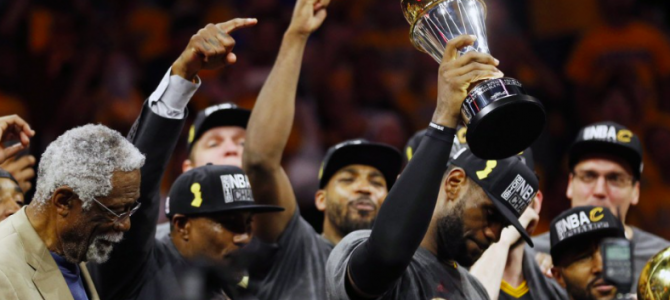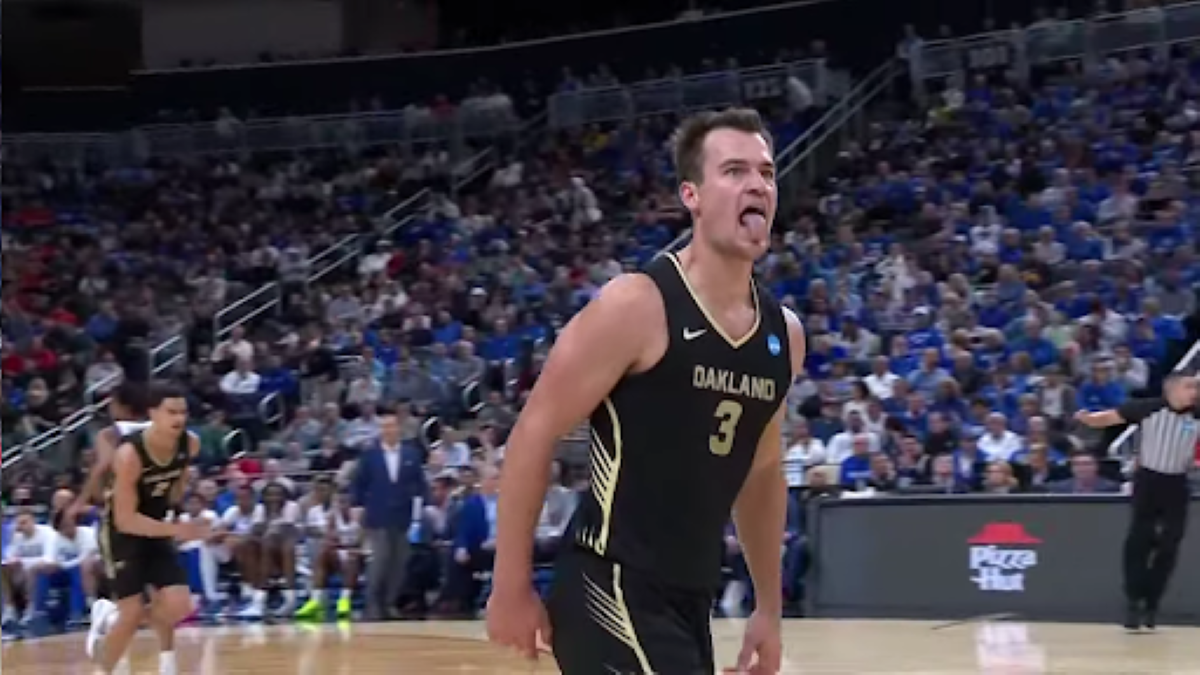LeBron James and the Cleveland Cavaliers made history Sunday night in more ways than one. Not only did the Cavs win their first championship in franchise history, they also became the first team ever to come back from a 3-1 deficit to win the finals.
What’s more, the Cavs brought an end to a 52-year championship drought for the City of Cleveland, whose last sports title was in 1964 when the Browns won the NFL championship. Not only that, the Cavs won against the defending champion Golden State Warriors, who finished the regular season with 73 wins and just nine losses, the best record in NBA history.
But LeBron James and the Cavs did something else Sunday night that might prove even more historic than all of the above: they struck a blow against the Warriors’ brand of “small ball,” the much-discussed strategy of fielding a small team of three-point shooters and running up huge point totals, essentially outscoring their opponents by taking and making more threes, even at the expense of defense.
“The Golden State Warriors Have Revolutionized Basketball,” ran the headline of a long Wall Street Journal piece by David Cohen in April, which explained how the team’s Silicon Valley owner built a brain trust, crunched the data, and effectuated a basketball version of “Moneyball.”
The data dive yielded many insights, but the Warriors eventually zeroed in on the 3-point line. NBA players made roughly the same percentage of shots from 23 feet as they did from 24. But because the 3-point line ran between them, the values of those two shots were radically different. Shot attempts from 23 feet had an average value of 0.76 points, while 24-footers were worth 1.09.
This, the Warriors concluded, was an opportunity. By moving back just a few inches before shooting, a basketball player could improve his rate of return by 43%.
The strategy worked, for the most part. But relying on smaller players like Steph Curry and Klay Thompson meant a weaker overall defense. Often the tallest player in the Warriors lineup would be six-foot-eight Harrison Barnes, a small forward. The idea wasn’t necessarily to stop the other team from scoring but simply to outscore them by answering two-point shots with threes.
The problem with that approach, we know now, is that it can only go so far. James and the Cavs figured out how to crack the code, swarming Curry and Thompson at the three-point line and attacking the basket on offense. The Cavs outscored the Warriors in the paint in the last five games of the finals, and on Sunday night kept the Warriors from scoring in the last 4:30 of the game. Curry’s last score was at the seven-minute mark.
All this doesn’t mean small ball has been forever repudiated. But it does mean it’s not going to be enough against teams like Cleveland and players like James and point guard Kyrie Irving, whom Curry and Thompson were simply unable to stop on defense.
The Warriors, and indeed the entire NBA, will have to go back to the basics now, at least a little. The game is played from the inside out, not the other way around. The Warriors exploited the three-pointer better than any team in history, but in the end it couldn’t save them. We can be sure, at the very least, that the rest of the league has taken note.









